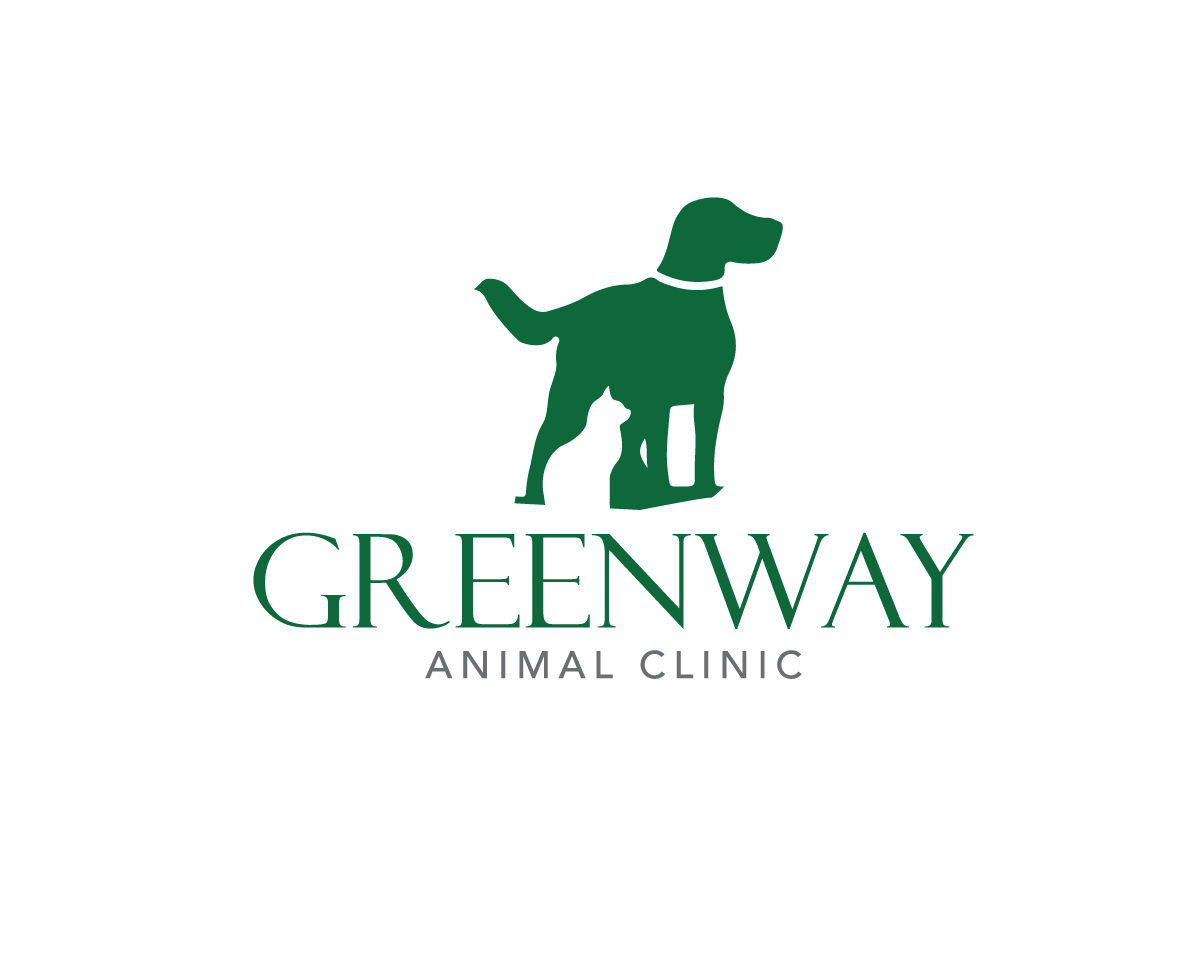Pet Health Library
-
This is one of many similar tumours that arise by disordered growth of the hair follicles. These tumours are almost all benign and can be permanently cured by total surgical removal.
-
This tumour is a disordered and purposeless overgrowth of modified sebaceous glands known as the hepatoid glands. These glands only occur in dogs. T
-
Tumours of the intestinal epithelial lining include non-cancerous polyps, benign adenomas and malignant epithelial tumours (adenocarcinomas).
-
Laryngeal paralysis is probably more common than generally recognised. It affects middle aged and older dogs, usually of medium and large size.
-
Cancers of the liver cells are called hepatocellular adenomas and carcinomas.
-
The liver has a massive blood supply so many cancer cells from elsewhere arrive within it and start to grow. In dogs metastatic tumours are three times as common as primary tumours and over 30% of malignant cancer is said to metastasize to the liver.
-
Most lung cancers originate from the epithelium lining the airways. In dogs, most are from the alveoli where oxygen is taken up into the body but in people and in cats, most originate in the main airways (bronchi).
-
Cancer of the cells of the lymph nodes (lymphoma, lymphosarcoma) has to be distinguished from other causes of lymph node swelling by histopathology. Some types of cancer are slower growing than others but all are potentially life-threatening.
-
This is a tumour originating from the mammary gland tissues that has been classified as malignant (invasive and capable of spread). Although some of these cancers are cured by surgical removal, others recur and some spread to other parts of the body (metastasis).
-
This is a tumour originating from cells of the mammary glands. Most tumours are potentially or already malignant so early surgical removal is important so there is no spread to other parts of the body (metastasis).

